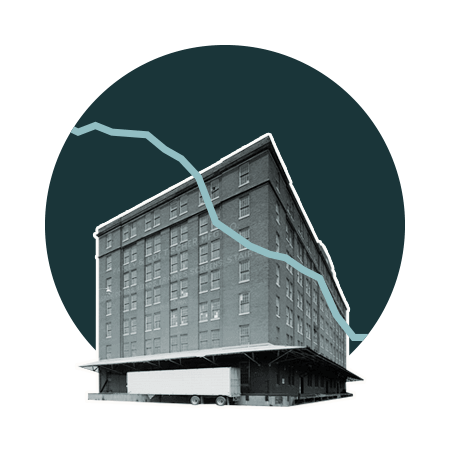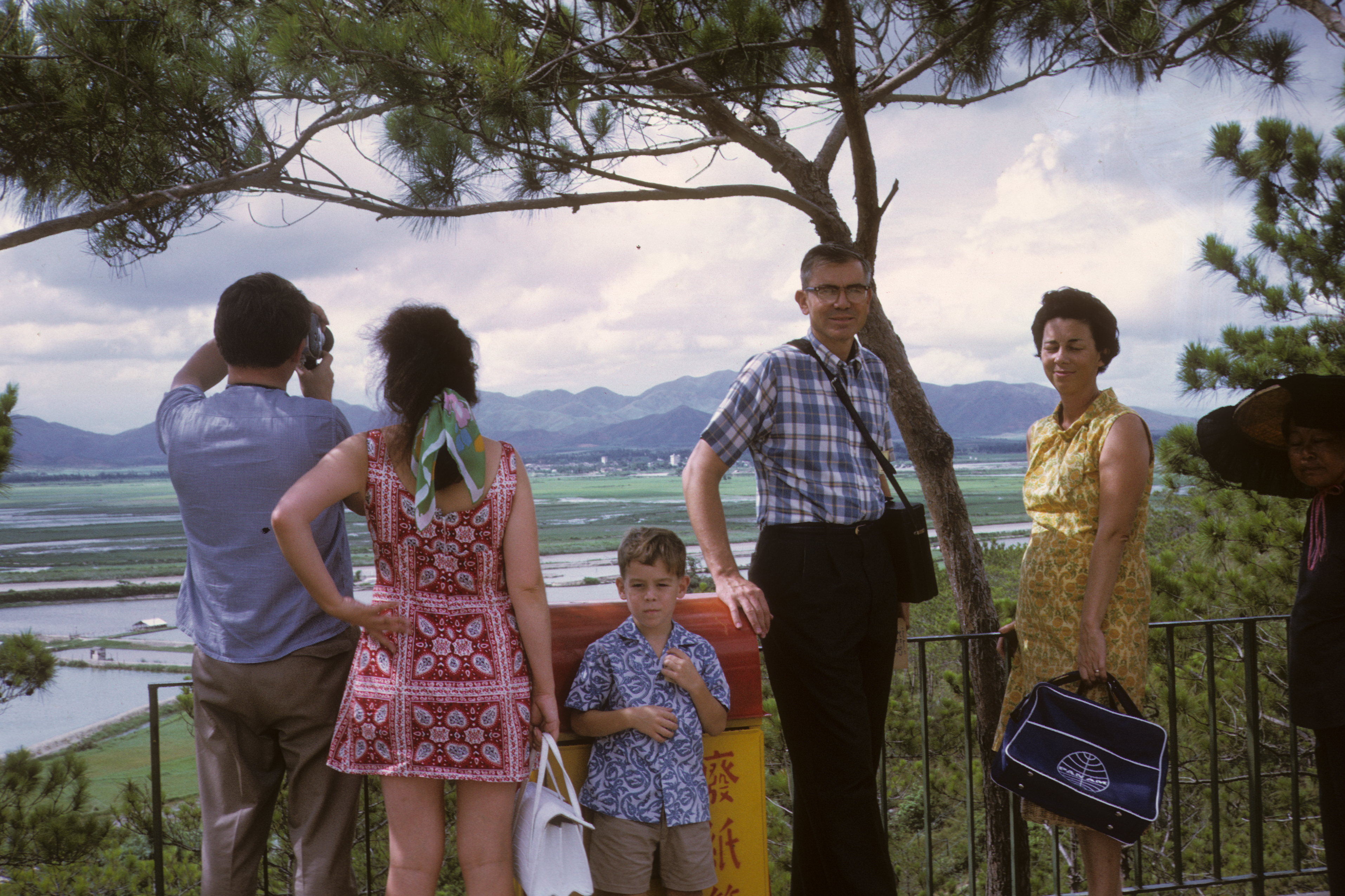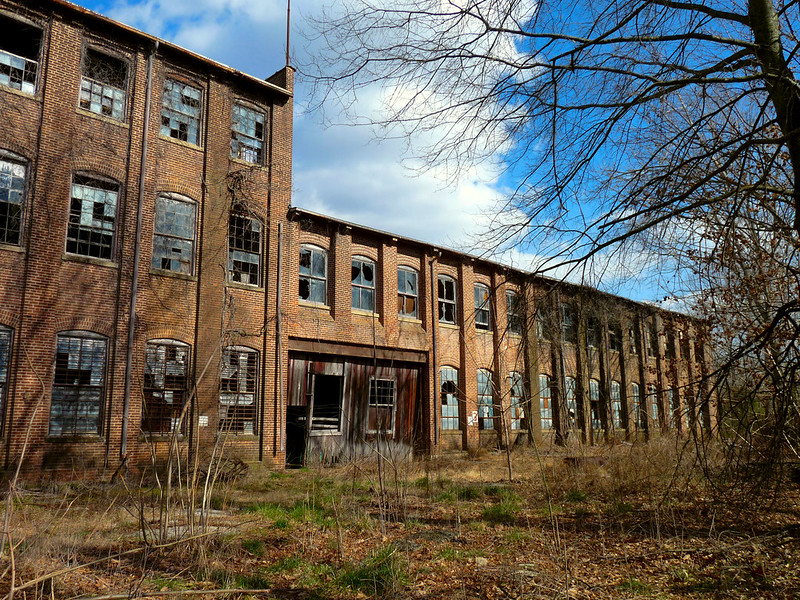Regional Economics
Reading guide
About this project
Think of this site as an interactive textbook that unlocks years of economic policy research from The Malcolm Wiener Center for Social Policy at Harvard Kennedy School.
The 3-tiered layered model allows you to explore each topic at varying levels of detail and depth, giving you a tangible understanding of how policy can impact you, your community, and our country as a whole.

Section
Visualizing Regional Divides
Why Study Regions?
To the non-economist, it may seem silly to ask why we should study the communities in which we live, work, play, and procreate. At some level, don’t we all define ourselves at least in part by where we call home? Once you ponder the question, it no longer seems trivial. If the causes of endemic joblessness are national rather than regional in scope, then how we define the geographic unit of analysis requires some thought.
Perhaps the most important factor in making regions the right unit of analysis is that workers aren’t very mobile between places, and have become even less mobile in recent years. Although the movement of people from one job to another and one address to another is an everpresent feature of economic life, seeing people move does not mean that moving is how people adjust to major changes in their life circumstances. It is a concerning but essential fact that many workers, and less-educated workers in particular, are unlikely to move out of their region after losing a job or seeing their community hit by hard times.
The absence of mobility in response to economic distress means that the consequences of job loss are often highly localized. In our inquiry into the origins of regional economic divides, we’ll begin in the places were broader economic changes have caused jobs to disappear and then investigate how then affected communities have responded.
What Is a Regional Economy?
Our definition of a regional economy is a local labor market, defined as a collection of neighboring communities that spans where people have their residence and where they have their places of employment. The now standard concept of a local labor market is a "commuting zone," which is a set of adjacent counties that are connected by commuting relationships. The most populous commuting zones encompass major metropolitan areas; the least populous consist of a few neighboring small towns. The enormous hetergeneity in the scale and scope of these labor markets portends comparably large variation in the economic changes to which they’ve been exposed and their capacity to adjust successfully to such changes.
What's to Come
Right now, many of the stories on this platform are in progress. Our first effort is an account of how increased import competition due to expanded U.S. trade with China affected U.S. commmunities specialized in manufacturing. Future chapters will address the regional consequences of technological change, the ongoing energy transition, and the efficacy of placed-based policies and other government interventions in helping regions recover from stagnation and decline.

Section
The old model
Trade and worker well-being
One of the most firmly held beliefs in economics is that free trade is good for society. Although it’s long been known that globalization creates both winners and losers, we’ve learned only recently how concentrated and long lasting the losses from trade can be.
Labor (im)mobility
We used to think that the factory workers who lose their jobs because of trade (or other events) could easily move to new jobs in new regions, mitigating most of the consequences of job loss. But in truth, less-educated workers aren’t very mobile and this lack of mobility has made the adjustment to globalization painful.

Section
The China trade shock begins
The China trade shock
In the early 1990s, China began an export boom the likes of which the world had never seen before. A consequence of the resulting trade shock was concentrated job loss in US manufacturing cities and towns (and boom times for economies capable of supplying the inputs that China needed to grow).
Why the China trade shock was so consequential
When China joined the global economy, its comparative advantage was focused on a surprisingly narrow set of goods. The regional and national economies that found themselves competing with China were exposed to the brunt of its export surge.
Industry clusters and their discontents
By the late 20th century, many US manufacturing industries were located in smaller towns and cities in the Midwest and Southeast. When China’s export wave was unleashed, it hit these communities like a tsunami.
1990 - 2019
What's special about manufacturing?
Manufacturing is one of the few US industries that has allowed workers without a college degree to reach the middle class. When manufacturing jobs disappeared, so did well-paying jobs for the non-college educated.

Section
The immediate fallout
Chinese imports replaced domestic goods
The immediate consequence of the China trade shock was an increase in imports available to US consumers. In China’s comparative-advantage industries, the country grabbed a substantial share of the US market.

1970

2019
Factories started closing
Greater import competition caused US manufacturing factories to close and many manufacturing workers to lose their jobs. Job loss was concentrated in the cities and towns that had long specialized in labor-intensive manufacturing industries.



Many workers exited paid work entirely
In regions hit by the China trade shock, job loss in manufacturing was not offset by labor migration to other regions or job gains in other sectors. Overall employment rates declined, with the exodus from work being largest for men without a college education.
The jobless sought government help
Because of the hit to incomes from trade-induced job loss, many households in impacted regions increased their use of government benefits. But the extra income from these transfers replaced only a small fraction of the lost income.
1990 - 2019
What happened in Martinsville, VA?
Dig into how the China Trade Shock affected specific regions.

Section
Things didn't recover
Workers didn't leave, new businesses didn't move in
The loss of manufacturing jobs, decline in employment rates, and increased reliance on government transfers have persisted for a full decade beyond the levelling off of the China trade shock. In the typical impacted region, recovery has been minimal.
A rise in social dislocation
Persistent joblessness precipitates social dislocation. Trade-impacted regions have seen declines in marriage and fertility rates, more single parenthood, and elevated incidence of children living in poverty and young men dying of substance abuse.
A turn to more extreme politics
Greater economic despair has disrupted politics. The rise in import competition has increased support for politically conservative viewpoints and candidates, especially among non-Hispanic whites.

Section
Going forward
Lessons learned
The lesson of the China trade shock isn’t that trade is bad for America — it’s that the concentrated and long lasting impacts of job loss require our attention.
Will the US-China trade war help distressed regions?
As part of an escalating bilateral feud, the US has sharply increased tariffs on goods imported from China. There is no evidence that these barriers have brought jobs back to the communities that were hurt by the China trade shock.
Policies that have and haven't been tried
Depressed employment rates in distressed regions have causes well beyond import competition from China. Restoring economic opportunity will require targeting the absence of work, not why job loss happens.








